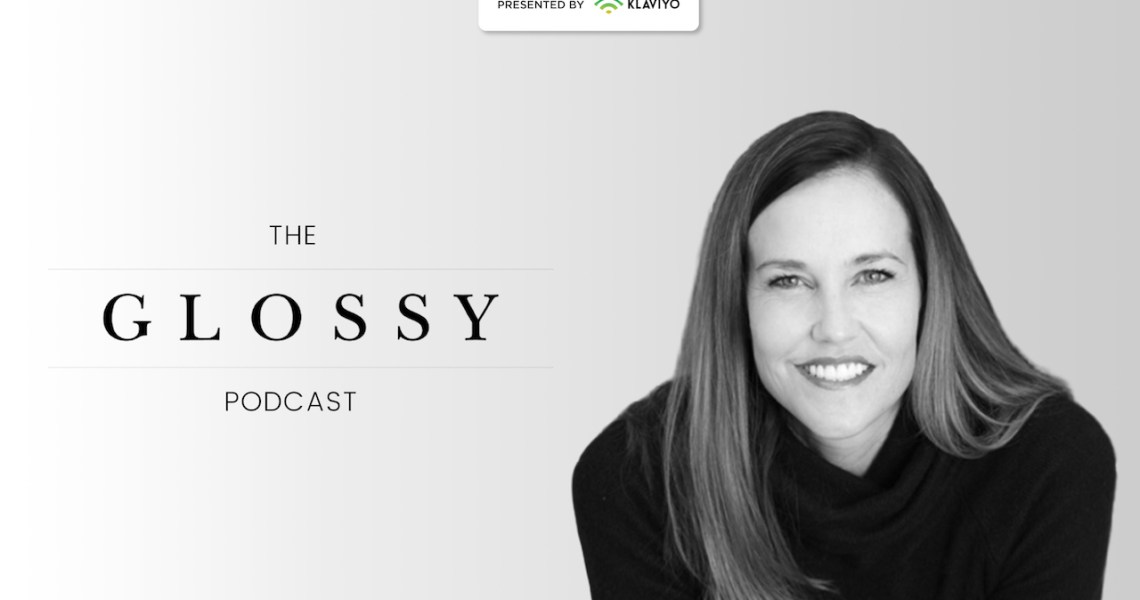Luxury brands typically want little to do with the second-hand market, but resale companies like Fashionphile are slowly winning them over.
Founded in 1999 by Sarah Davis, the company invites customers to drop off top-shelf accessories at one of its physical locations, where Fashionphile will buy them upfront. Trained Fashionphile employees verify the authenticity of the item before it’s sold online, and the original owner gets a piece of the pie — often a big one.
A 70-30 split is common, with Fashionphile taking the smaller cut, Davis said. “But if the velocity of sale will be quick or if it’s a super high-dollar item, or it’s very popular, we’ll give you much more,” Davis said on this week’s episode of the Glossy Podcast.
Fashionphile limits its inventory to 51 luxury brands, many of which were once worried about resale tainting their brand image — second-hand isn’t exactly synonymous with luxury, after all. What’s more, there’s been concern from full-price retailers that the resale market will bite into their revenue.
In the last few years, Davis said, several luxury companies have come around.
“I think the brands have recognized [the resale market] isn’t going anywhere. And so, more and more, they’re thinking, ‘What do we do about this?’ It’s led to some really amazing conversations we’ve been able to have with them. They’re curious,” Davis said.
One thing that helped Fashionphile’s image: a recent minority stake investment by Neiman Marcus, which now hosts some of Fashionphile’s drop-off locations.
Ad position: web_incontent_pos1
More than 20 years after opening in Beverly Hills, Davis pointed to “a 50% growth rate year over year, consistently.” The company has since opened locations elsewhere in California, as well as in New York and Texas.
Davis talked about the importance of shipping products in unboxing video-friendly packaging, the trick to selling used shoes and the teenage boys who covet Hermès belts.
Here are a few highlights from the conversation, lightly edited for clarity.
Luxury brands are coming around to the second-hand market
“In the early days, brands didn’t know what to do with us. We’re selling their brand, and they care how their brand is treated — the packaging, the branding. They worry about cannibalization. And more and more, they’re thinking, ‘What do we do about this?’ They worry about their product looking like it’s selling in a flea market; they want it to be elevated. And I think, over time, brands have recognized that the second-hand market isn’t going anywhere. This isn’t a new fun way to sell, but it’s something your grandma did: selling her old stuff and buying pre-owned. What we’ve done is taken technology and added it to that, and added scale.”
Fakes are getting better
“We have synthetic diamond testers for fine jewelry, but nowadays, the counterfeit fine jewelry is using real diamonds — real platinum and gold. You can’t just check the materials anymore and say, ‘Oh, it’s real, so it must be real.’ It’s got to be real Cartier. We actually saw a bracelet that was probably $3,500 in materials but not a $50,000 Cartier bracelet. It was a fake with real gold.”
Ad position: web_incontent_pos2
Bringing Chanel to Middle America
“Our [demo is base] where you’d expect: big cities. But we also serve Middle America and the South, where there just isn’t luxury. If you live in Biloxi, Mississippi, and you want a Chanel or Louis Vuitton handbag, you’ve got to drive to Atlanta, Georgia, or Houston, Texas. Well, Louis Vuitton sells online, but Chanel doesn’t.”




